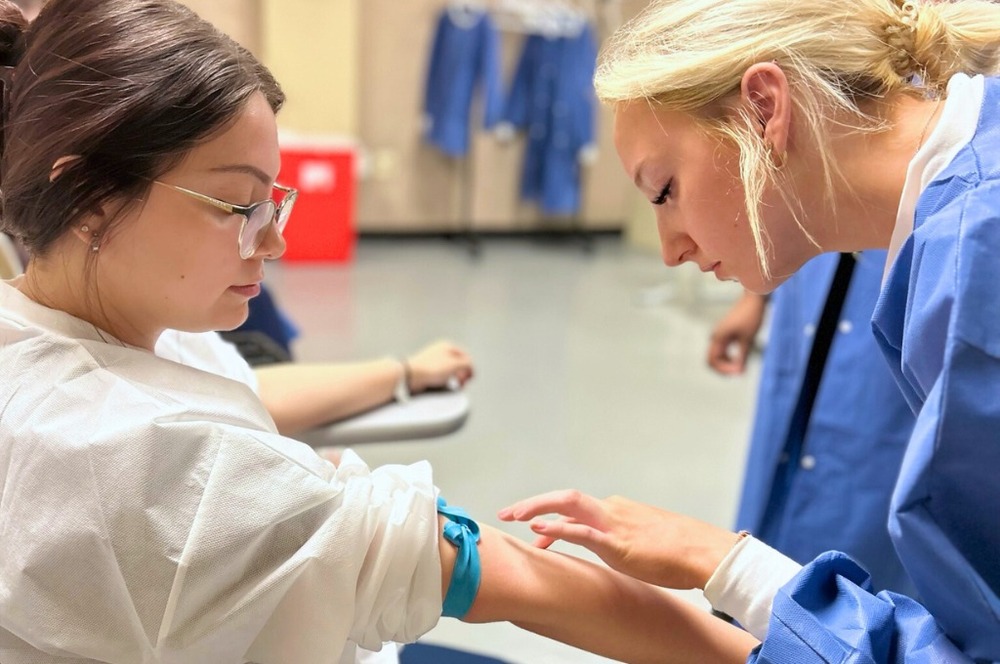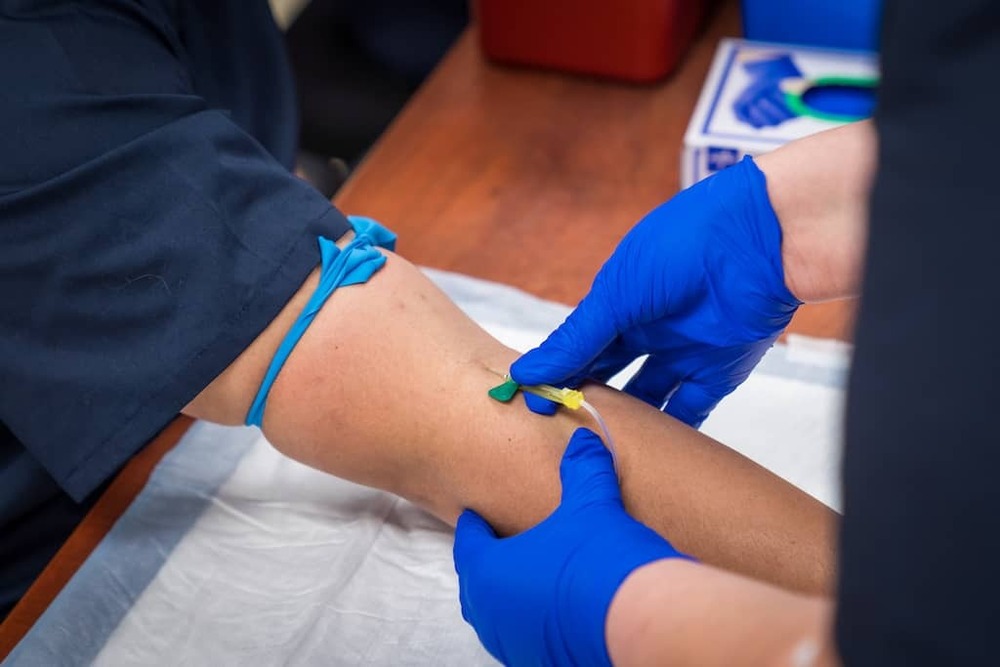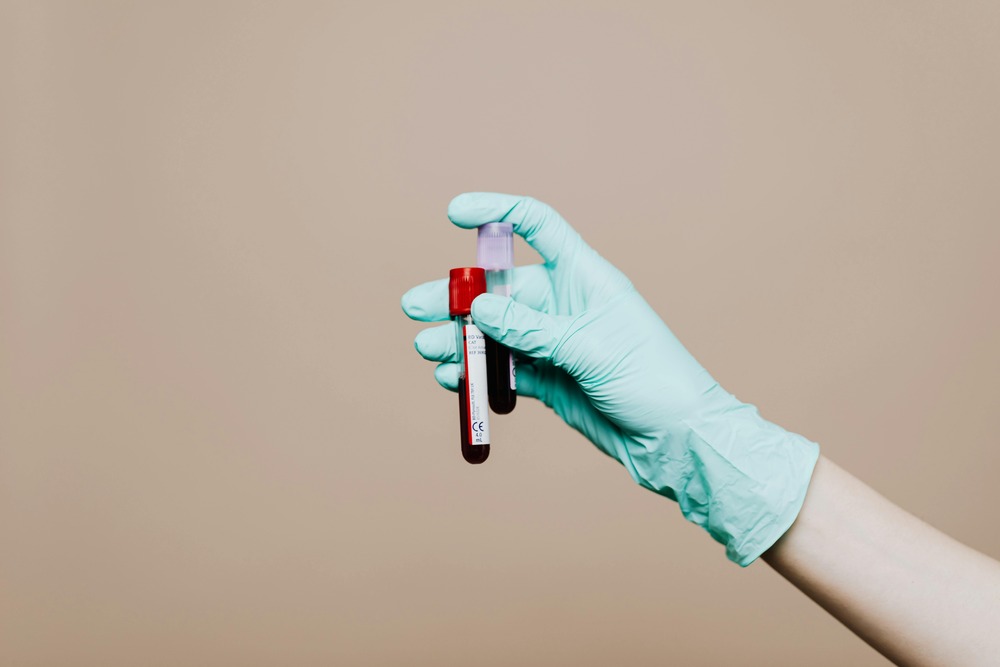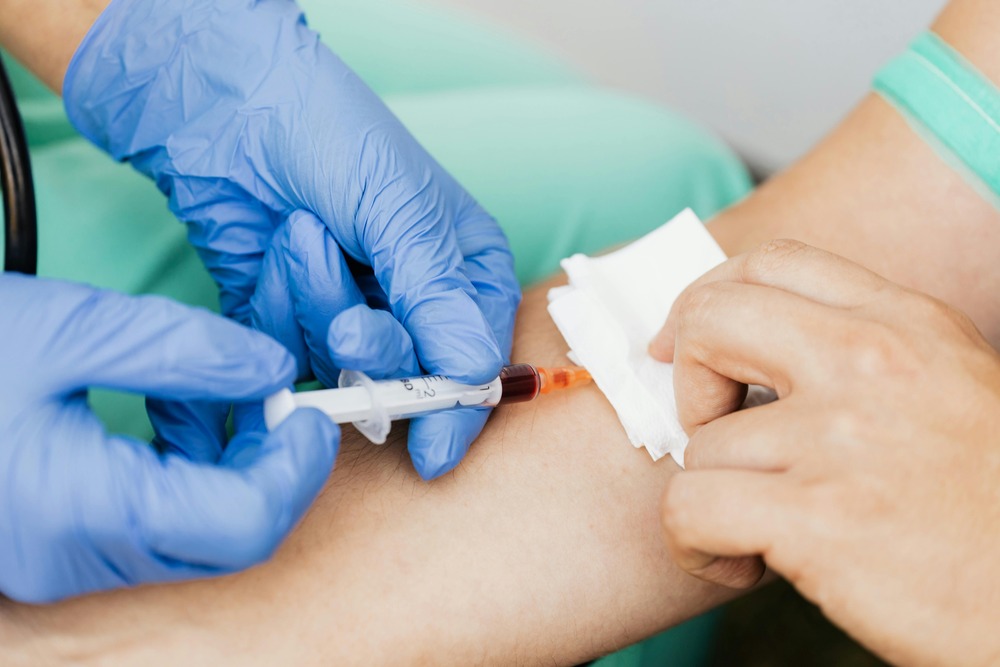In recent years, the demand for healthcare professionals has surged, leading many individuals to consider careers in fields like phlebotomy. Phlebotomists play a crucial role in the healthcare system, responsible for drawing blood for tests, transfusions, and donations. But before diving into this rewarding career, prospective students often wonder: how much do phlebotomy courses cost, and are they worth the investment? Let's explore the financial aspects of phlebotomy training, the potential return on investment, and what you can expect from a career in this field.
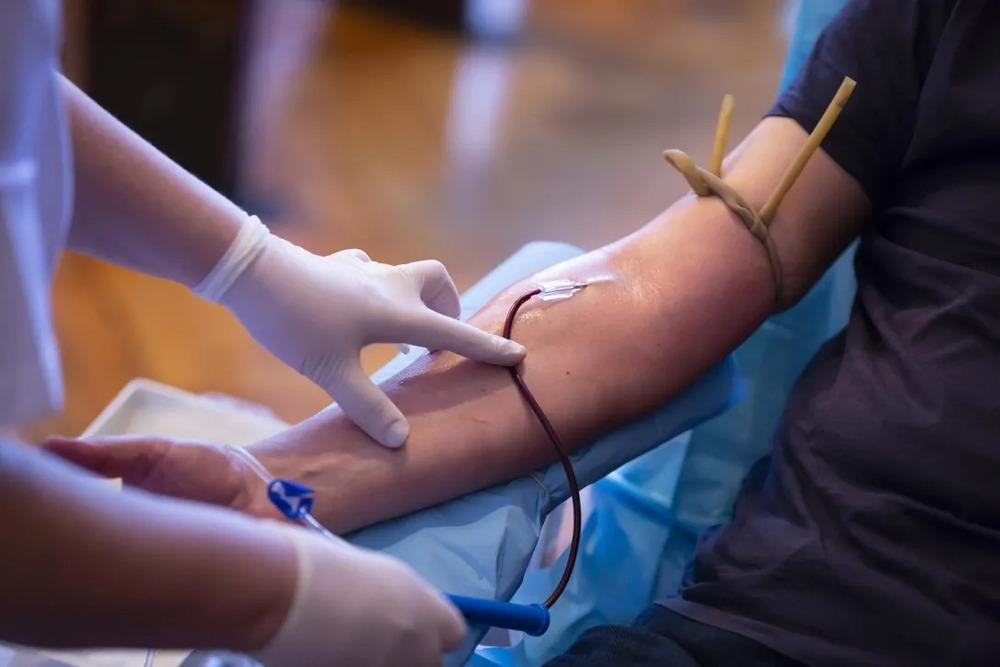
Understanding the Costs
The cost of phlebotomy courses can vary significantly based on several factors, including location, institution, and the type of program. On average, students can expect to pay anywhere from $700 to $3,000 for a comprehensive phlebotomy training program. Here's a breakdown of the costs associated with different types of programs:
| Type of Program | Average Cost (USD) | Duration | Certification Included |
|---|---|---|---|
| Community College | $1,000 - $2,500 | 6 months - 1 year | Yes |
| Vocational School | $1,500 - $3,000 | 4 - 6 months | Yes |
| Online Courses | $700 - $1,500 | Self-paced | Yes/No |
| Hospital-Based Training | Free - $1,500 | Varies | Yes |
Additional Costs to Consider
While tuition is a significant part of the investment, there are additional costs that students should factor in:
- Textbooks and Supplies: Expect to spend around $200 to $500 on textbooks, lab supplies, and other materials.
- Certification Exam Fees: After completing your course, you may need to pay for certification exams, which can range from $100 to $200.
- CPR Certification: Many programs require students to obtain CPR certification, which can cost an additional $50 to $150.
Potential Earnings
Now that we've covered the costs, let's look at the potential earnings for phlebotomists. According to the U.S. Bureau of Labor Statistics, the median annual wage for phlebotomists was approximately $37,000 in 2022. However, earnings can vary based on experience, location, and the type of healthcare facility. Here's a closer look at the salary range:
| Experience Level | Average Annual Salary (USD) | Hourly Wage (USD) |
|---|---|---|
| Entry-Level | $30,000 - $35,000 | $14 - $17 |
| Mid-Career | $35,000 - $45,000 | $17 - $22 |
| Experienced | $45,000 - $55,000 | $22 - $26 |
| Specialized Roles | $55,000 - $70,000 | $26 - $34 |
Job Outlook and Opportunities
The job outlook for phlebotomists is promising, with a projected growth rate of 22% from 2022 to 2032, much faster than the average for all occupations. This growth is driven by an aging population and an increased need for medical testing. Phlebotomists can find employment in various settings, including:
- Hospitals 🏥
- Diagnostic laboratories 🧪
- Blood donation centers 🩸
- Physician offices 🏢
Is It Worth the Investment?
When considering whether phlebotomy courses are worth the investment, it's essential to weigh the costs against the potential benefits. Here are some factors to consider:
- Job Security: With a growing demand for healthcare professionals, phlebotomy offers a stable career path.
- Short Training Period: Compared to other healthcare professions, phlebotomy training is relatively short, allowing you to enter the workforce quickly.
- Flexible Work Environment: Phlebotomists often have flexible schedules, making it easier to balance work and personal life.
- Opportunities for Advancement: With experience, phlebotomists can advance to supervisory roles or specialize in areas like blood banking or laboratory management.
Conclusion
In conclusion, the cost of phlebotomy courses can vary widely, but the potential return on investment is significant. With a median salary of around $37,000 and a promising job outlook, pursuing a career in phlebotomy can be a smart choice for those interested in the healthcare field. If you're considering enrolling in a phlebotomy program, be sure to research your options thoroughly and choose a course that fits your budget and career goals.
For more information on phlebotomy training programs, you can check out resources like Phlebotomy Training Online or National Phlebotomy Association.
Investing in your education is a crucial step toward a fulfilling career, and phlebotomy could be the perfect fit for you! 🌟

